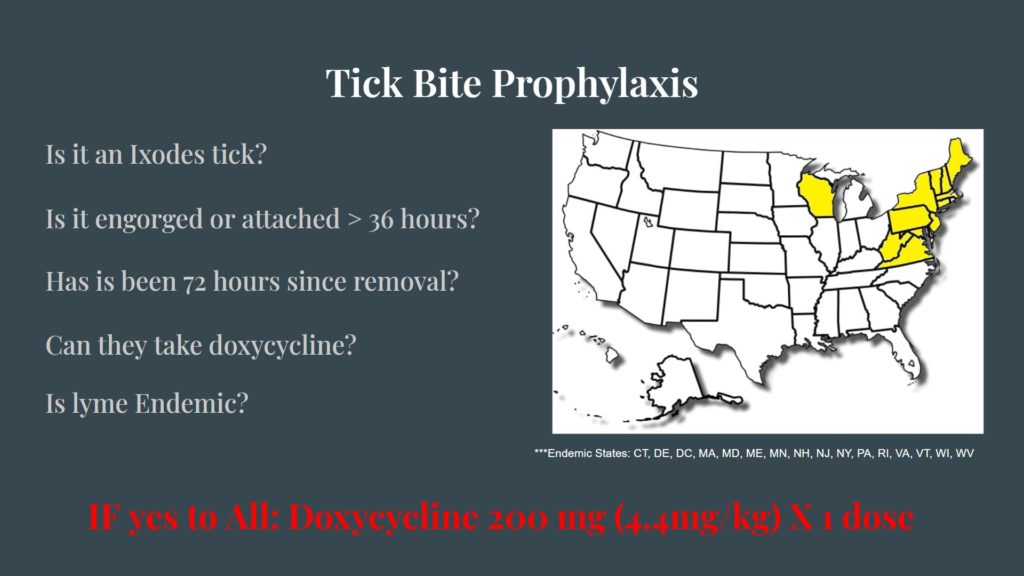RSI Pharmacology – Jade Daugherty, PharmD
Sedatives
Etomidate:
– Does not inhibit sympathetic tone or myocardial function. Minimal BP and HR changes|
– RSI: 0.3 mg/kg; Procedural sedation 0.1 – 0.2 mg/kg
– Onset 30 – 60 seconds; Peak 1 minute; Duration 3 – 5 minutes
– Can see myoclonus, dose dependent, can be blunted w/ opioids and benzos. Resolves upon paralysis. May cause difficulty w/ procedural sedation.
– Other adverse effects: N/V, lowers sz threshold, mild decrease in IOP and ICP, adrenal suppression (single dose can cause effects for 24 – 72 hrs)
– Consider avoiding Etomidate in Sepsis patients (see CORTICUS trial)
Ketamine:
– Analgesic and amnestic properties
– Nystagmus with amnestic doses
– RSI: 1 – 2 mg/kg
– Exerts sympathomimetic effects: increased HR, BP, CO by lessens reuptake of catecholamines. May not see this in catecholamine depleted patients
– Also causes bronchodilation and anticonvulsant effects
Propofol:
– Short acting sedative hypnotic that enhances GABA activity
– No analgesia; amnestic effects
– Onset 30 sec; Duration 3-10 min
– RSI 1 mg/kg
– Safer in pregnancy
– Adverse effects: hypotension
– Decreased cerebral O2, decrease in IOP and ICP, bronchodilation and anticonvulsant effects
Benzos:
– No analgesia. It does possess anxiolysis, anterograde amnesia, anti-convulsant properties
– Onset 2 – 3 min; Duration 45 – 60 min
– Midazolam preferred: RSI 0.1 – 0.3 mg/kg
Paralytics
Depolarizing Blockers – Succinylcholine:
– Be aware of hyperkalemia; therapeutic dose can raise serum potassium 0.5 – 1 mEq/L
– Consider avoiding in burns and crush injuries (delayed rise in serum K), as well as ESRD on HD, sepsis
– Small increase in ICP
** Special considerations: may require higher doses in Myasthenia gravis
** Pseudocholinesterase deficiency -> results in prolonged paralysis (several hours). NDMB (Roc/Vec) are safe for use
Rocuronium – non-depolarizing neuromuscular blocker:
– Dose 0.6 – 1.2 mg/kg (~1.0 mg/kg)
– Onset 60 – 90 seconds; Duration 30 – 60 minutes
Vecuronium – non-depolarizing neuromuscular blocker:
Needs to be reconstituted
– Dose 0.08 – 0.1 mg/kg (~ 0.1 mg/kg)
– Onset 2 – 3 minutes; Duration 25 – 45 minutes
If you use the longer acting paralytics, sedate appropriately
Guide to Pediatric ED – Dr. Penrod
– EPIC Order Sets: “Peds ED Treatment ____”
Examples: Neonatal Fever (0 – 7 d, 7 – 28 d, > 28 d), Sepsis, Status Epilepticus, Asthma, NAT, Trauma, DKA, more
– Discharge teachings: Get dot phrases from other attendings (i.e. Sandy Herr)
– Admission: bed request > .admitresidentnotification > TigerText (login: phys___@Norton) > ask admit resident when they call if it is ok to put in “ready for dispo” order
– Tylenol 15 mg/kg q6 hrs; Ibuprofen 10 mg/kg q 6 hrs – can alternate q3 hrs
– Versed: PO 1 mg/kg/dose, IN 0.2-0.3 mg/kg/dose, IV 0.1 mg/kg/dose
– CTX: Meningitis 50mg/kg/dose q12hrs, non-meningitis 75 mg/kg/dose daily
– Amox: 50 mg/kg/day, daily for GAS pharyngitis; 90 mg/kg/day divided BID for PNA and AOM
– IVF bolus: 22 cc/kg over 1 hr
– mIVF “4-2-1”: 4 cc/kg/hr for first 10 kg, 2 cc/kg/hr for second 10 kg, 1 cc/kg/hr for each additional kg
Abdominal Ultrasound – Dr. Baker
RUQ US: just below the R costal margin, or X minus 7 mm (7 mm to right of xiphoid process)
Maneuvers to assist: deep breath, left lateral decub
Portal triad (portal vein, hepatic artery, CBD < 7mm normal & > 10 mm + 1mm/decade life abn) makes an exclamation point w/ GB
Cholecystitis: gallstones, anterior* wall > 3mm, sonographic Murphy’s, pericholecystic fluid
Choledocolithiasis: “double barrel” sign
*important to measure anterior wall as posterior acoustic enhancement makes the posterior wall appear thicker due to fluid filled structure enhancing conduction of sound waves
SANE Lecture – Amanda Corzine, MSN, SANE-A
Assault exams/kits done within 96 hours/4 days, sometimes up to 5 days
All male/females 12 yrs and older
Center for Women and Familes (CWF) respond to SA and DV victims as an advocate
Patient may choose to report or not to police. Kit will be destroyed in 1 year if they choose to not report.
Dry swabs for wet surfaces, wet swabs for dry surfaces. Don’t package wet evidence, allow it to fully dry.
Place swab in envelope cotton part down. Do not lick envelope.
EMS Radio Calls Part 2: Dr. Orthober
– Discontinuing IV after Dextrose given: is patient now AAOx4, decisional, clear reason for hypoglycemia, have family members
![Room9er ["Room Niner"]:](https://room9er.com/wp-content/uploads/2020/03/cropped-Screen-Shot-2020-03-08-at-3.16.16-PM.png)
